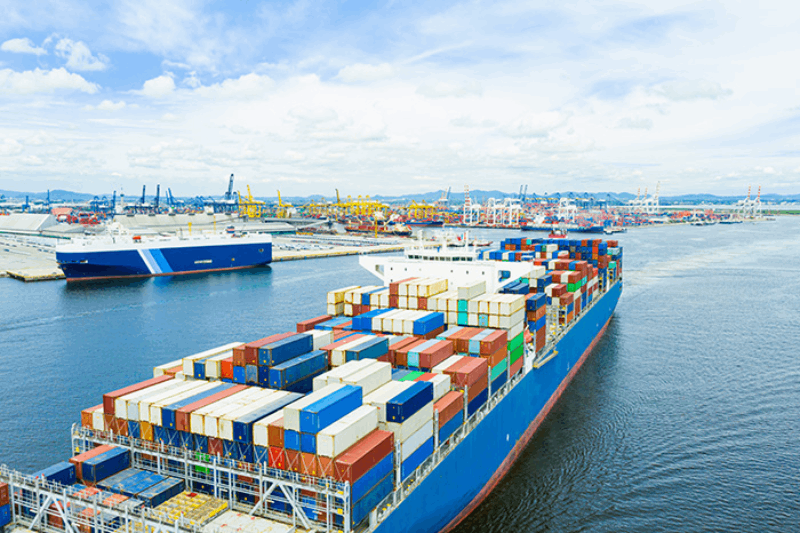Time:2022-11-02 Publisher:Kevin Num:6091

Simon Heaney from Drewry said recently that both spot freight rates and traffic volumes are declining. The trend of the future integrated transport market is how operators cope with the downturn.
Drewry predicted that the worst thing is that the port will no longer be congested, and the delivery of new ships will increase unabated. The effective transport capacity will increase by 34% in 2023, and the supply growth will be higher than the demand growth.
At that time, the ship will be dismantled or the transportation capacity will be reduced by 8.8%, up to about 600000 TEUs.
Although the overall market situation has improved in 2022, the transport capacity in 2023 may still be limited by port congestion, but the impact of port congestion on transport capacity in 2023 will be 50% less than this year.
At present, the interruption of the global supply chain has improved, but there are still various unstable factors, such as the recent frequent strikes in various countries and the Russian Ukrainian war.
According to Drewry's prediction, the number of idle ships will increase in 2023, and more ships will be repaired, with an increase rate of 6%. In addition, the delay in the delivery of new vessels may also lead to a lower than expected effective supply.
Drewry pointed out that in 2023, the growth of effective transport capacity may continue to be more than 11%, much higher than the growth of demand.

In recent weeks, many major consolidation companies have reduced their voyages to try to stabilize freight rates. However, Shanghai's export container freight index (SCFI) fell to 1697.65 last week. It fell for 19 consecutive weeks, and the decline again expanded to 4.55%.
The insiders pointed out that as China still adheres to the dynamic zero clearing policy, with the recent epidemic warming up, the containment measures have been tightened, so it is still difficult to expect the increase of Chinese cargo volume in the short term.
On the other hand, the demand for festivals at the end of the year in Europe and the United States did not show up, and the container transport companies had no goods to carry, so far, there was no obvious momentum to pull goods.
Industry insiders predict that December is the last observation point. From the perspective of supply and demand, December is the key to the transition of freight rates, and may even create a new level of freight rates.
If the volume of goods picks up in December, the freight rate has the opportunity to reverse upward. However, if there is no volume of goods and demand, the freight rate trend in the next few months or even next year is not optimistic.



